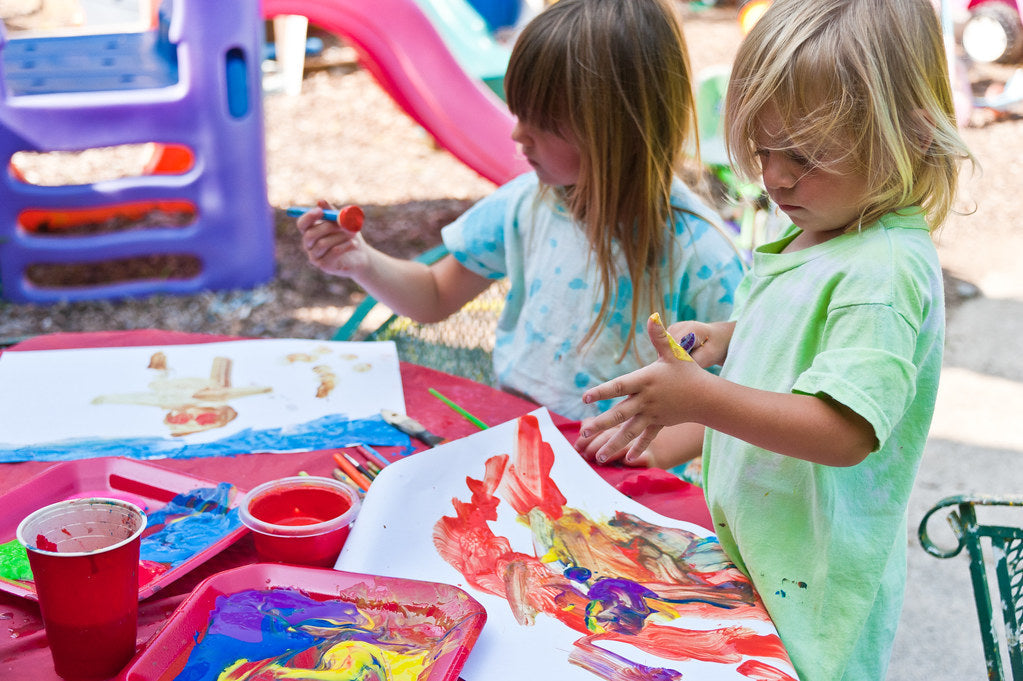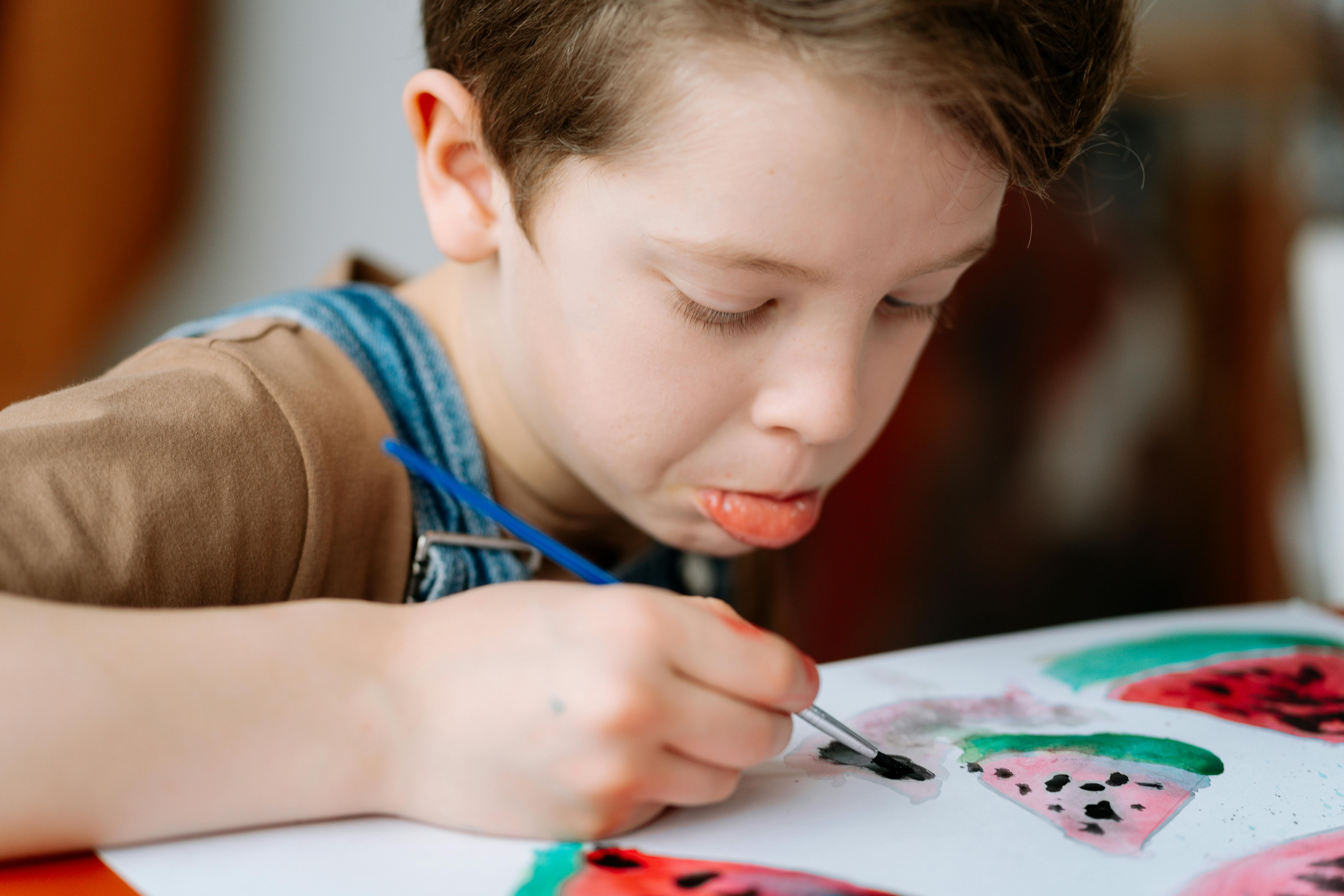
How Art Can Help You Raise a Reader
April 21, 2022
By Beth Herrild
The arts are often mistakenly viewed as electives or nice-to-have additional subjects for kids. However, in the past few years, the research has become crystal clear. Art helps kids’ cognitive development and social emotional learning in a number of ways. Kids who participate in a quality visual arts education tend to perform better in all core subjects. In her article in the Oklahoman, Tonnie Dosser, Executive Director of Oklahomans for the Arts, states, “Every student, regardless of their eventual career, benefits from hands-on arts learning. Americans agree with this. A nationwide survey conducted in 2018 showed 91% of Americans believe arts education is important to a well-rounded education. The artistic process is a conceptual, multi-dimensional one that positively impacts one’s grasp of math, science, English and more. The arts offer skills that no other content area can.” Did you know that art can help you raise a reader?
Reading and art-making are both what are called meaning-making activities. According to Wikipedia, the psychological interpretation of meaning-making is the process by which people construe, understand, or make sense of life events, relationships and the self. This applies, whether kids are reading a text and trying to understand and create meaning out of the words; or they’re creating a work of art and expressing thoughts, ideas, and feelings that they may not have words for. It’s all about creating meaning in their minds. According to art therapist and teacher, Ellen Holtzblatt, “Art bypasses verbal limitations and intellectual expectations.” In her article, The Depth of Children’s Art is Amazing, Roxanne Rowley relates, “After Sept. 11, 2001 the children drew many pictures of planes hitting tall buildings. We were able to use their drawings as a springboard for some very interesting discussions that I think were reassuring for them. It is amazing how intuitive little kids can be, much more than we adults often give them credit for.”
When my middle son was in elementary and middle school, he was constantly marked down for not being able to fluidly read out loud. At the same time, he received the highest state test scores for reading comprehension the school had ever seen, three years in a row! I was perplexed by this and did some research. What I found out was that right brain kids often skip over little words that aren’t important. This is because they create pictures in their heads for the more consequential words. The little words don’t have associated images. This affects their ability to read aloud in a smooth fluid fashion, but increases their comprehension by leaps and bounds. It turns out, all kids—right brained or not—can benefit from creating pictures in their heads and on their papers as a way to more deeply comprehend what they’re reading.

Photo Credit: The Caffeinated Curator
There are a number of ways parents can use art to enhance reading comprehension:
• The first, most obvious way, is to encourage kids to illustrate a text they’ve just read. When kids are tasked with creating an illustration for a text, they’ll try to visualize the text in more depth and detail than they otherwise would. The process of creating a piece of art to illustrate something is more important than the actual end work of art. But for kids to reap the full benefits of the experience, parents must suspend their judgment about the way the final product looks and accept all interpretations as legitimate. If the kids are embarrassed about their artwork, they won’t take risks and be as creative, and it may discourage them from participating in art projects again.
• Secondly, ask kids open ended questions about their artwork. Talking about their artwork; what they imagined and the artistic choices they made will help them create even more nuanced and detailed art the next time. It will also deepen their understanding of both the text and of the planning process that went on in their brains. For more on how to talk with your child about their art, read our blog post, How to Talk to Your Child About Her Art.
• A third easy way to use art for reading comprehension and vocabulary is to play games like Pictionary with vocabulary words. The act of visualizing the meaning of the words and then drawing with their hands will help kids cement the meanings of the words in their brains.

Photo Credit: The Caffeinated Curator
• We include high quality picture books in each of our boxes to give parents a literature tie in and help kids have a context for the art project. Often, the illustrations of the book show the medium and/or techniques highlighted in that month’s project.
So the next time art is spoken of in terms of something optional for learning, you have a good case for its critical importance to overall academic achievement. If you want to raise a reader, consider including art in your child’s weekly activities!

